where to start
inkognito
15 years ago
Related Stories

DECORATING GUIDESHow to Decorate When You're Starting Out or Starting Over
No need to feel overwhelmed. Our step-by-step decorating guide can help you put together a home look you'll love
Full Story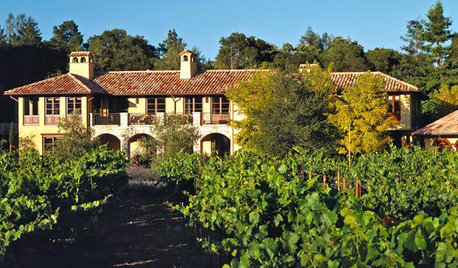
GARDENING AND LANDSCAPINGHow to Start a Home Vineyard
Dreaming of a winemaker's life? You may be able to have it where you are
Full Story
SHOP HOUZZShop Houzz: Start Afresh With an Organized Entrance
Show your winter clutter where to go!
Full Story
REMODELING GUIDESWhere to Splurge, Where to Save in Your Remodel
Learn how to balance your budget and set priorities to get the home features you want with the least compromise
Full Story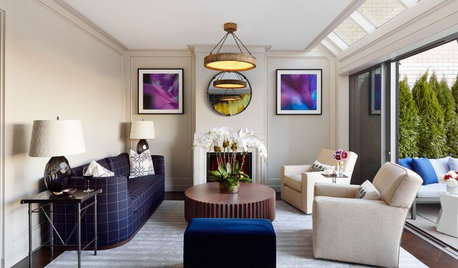
DECORATING GUIDESDecorating 101: How to Start a Decorating Project
Before you grab that first paint chip, figure out your needs, your decorating style and what to get rid of
Full Story
GARDENING GUIDES10 Tips to Start a Garden — Can-Do Ideas for Beginners
Green up your landscape even if you're short on time, money and knowledge, with these manageable steps for first-time gardeners
Full Story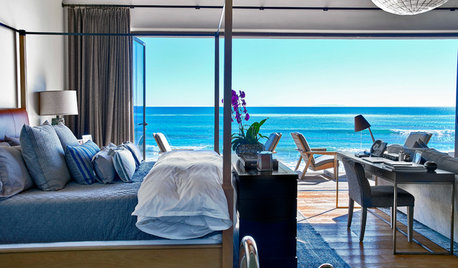
HOUZZ TOURSMy Houzz: A Family Makes a Fresh Start in a Remodeled Beach House
With neutral hues and ocean views, this Malibu home offers a stunning backdrop for gatherings of family and friends
Full Story
BEDROOMSWant a Great Bedroom Design? Start With a Stunning Headboard!
Get Ideas for Your Own Bedroom Makeover From These 11 Great Headboards
Full Story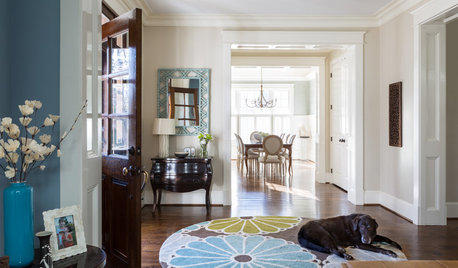
TRADITIONAL HOMESHouzz Tour: Family Gets a Fresh Start in a Happy New Home
Decorating her house from scratch spurs a big career change for this designer
Full Story
GARDENING GUIDES6 Steps to Get a Garden Off to a Glowing Start
Grow a lush, balanced garden from an empty patch of yard or neglected landscape spot with these easy-to-follow guidelines
Full Story






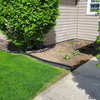

woodyoak zone 5 southern Ont., Canada
laag
Related Professionals
Camas Landscape Architects & Landscape Designers · Southfield Landscape Architects & Landscape Designers · Barrington Landscape Contractors · Belmont Landscape Contractors · Edwardsville Landscape Contractors · Weymouth Landscape Contractors · Austin Decks, Patios & Outdoor Enclosures · Franconia Decks, Patios & Outdoor Enclosures · Green Bay Decks, Patios & Outdoor Enclosures · Pataskala Decks, Patios & Outdoor Enclosures · Saint Louis Park Decks, Patios & Outdoor Enclosures · Schaumburg Decks, Patios & Outdoor Enclosures · Statesville Decks, Patios & Outdoor Enclosures · Norwood Stone, Pavers & Concrete · Sudley Swimming Pool Buildersbahia
timbu
pls8xx
laag
nandina
inkognitoOriginal Author
gardengal48 (PNW Z8/9)
woodyoak zone 5 southern Ont., Canada
isabella__MA
AncientDragonfly
laag
cearbhaill (zone 6b Eastern Kentucky)
eastautumn
laag
lazy_gardens
inkognitoOriginal Author
drtygrl